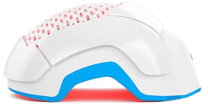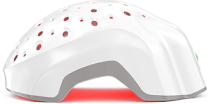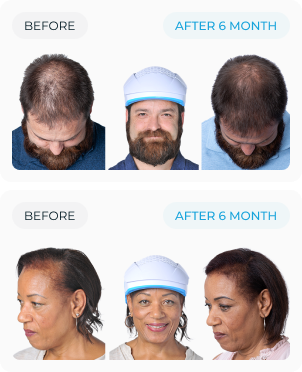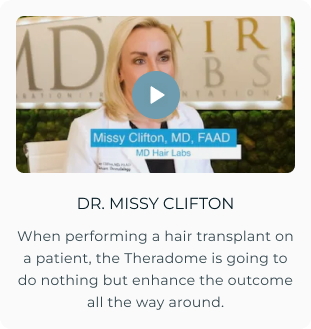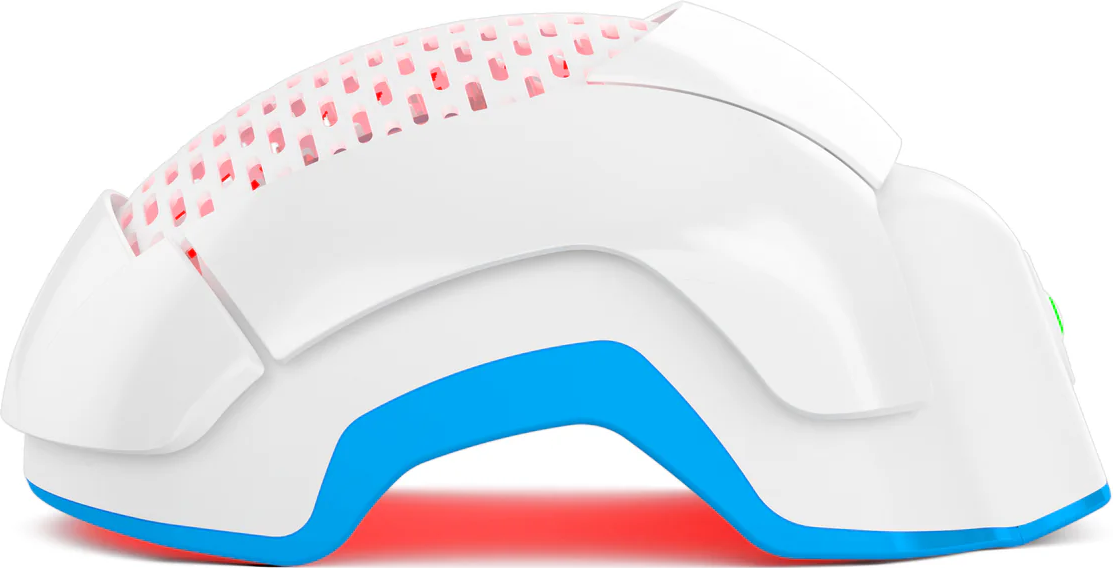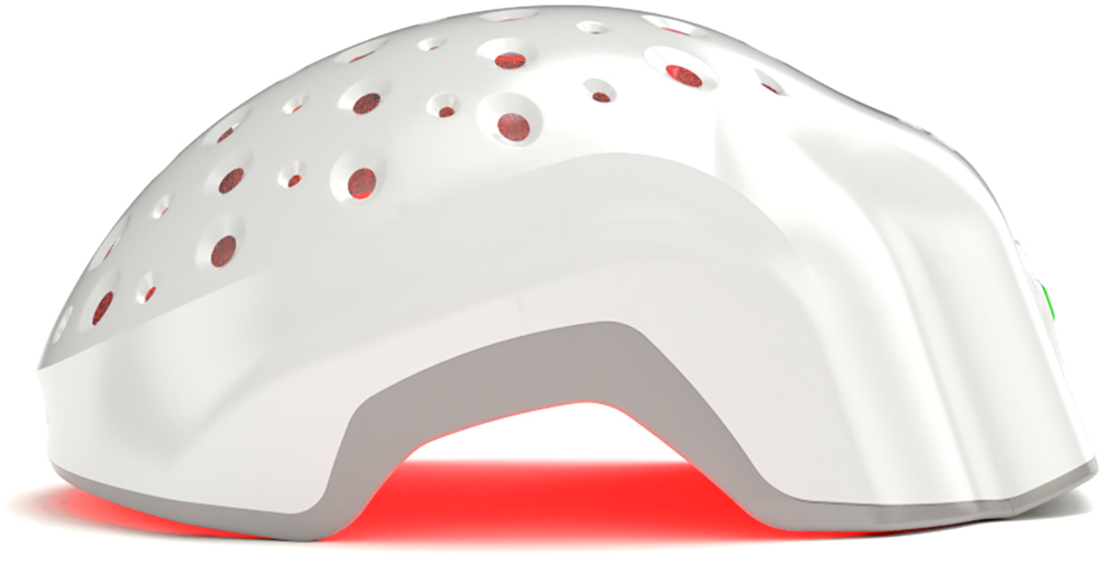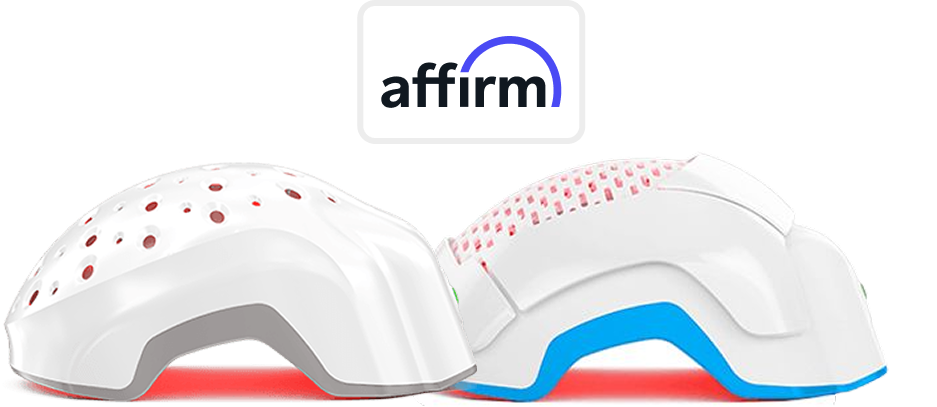Hair breakage — the two words that send shivers down every hair enthusiast’s spine. One minute, you’re working toward a luscious mane, and the next, you're staring down at short, uneven strands snapping off like dry twigs. And the thing is, breakage is sneaky. It can happen to any hair type, any routine — and sometimes even your “damage-control” habits might be doing more harm than good.
The good news is… fixing hair breakage is 100% within reach. You don’t need a salon wizard or a 12-step product lineup — you need real answers, smart habits, and a little bit of consistency.
In this guide, we’ll help you understand what hair breakage actually is, why it happens, and how to stop it naturally at home — with practical, proven tips you can start using today.
What is Hair Breakage?
Hair breakage is your hair’s version of a stress fracture. It happens when strands become too weak to withstand everyday wear — and instead of falling out from the root (like in typical hair loss), they snap mid-shaft. The result is… flyaways, split ends, and jagged lengths that refuse to cooperate.
Your hair strands are made of protein and moisture — when either gets depleted, the structure weakens. Think of it like a rope: when it’s frayed, dry, or stretched too far, it breaks.
Is Hair Breakage the Same as Hair Loss?
Not even close — though they’re often confused.
- Hair loss is when the entire hair strand — root and all — sheds from your scalp, often triggered by hormonal imbalances, stress, illness, or genetics.
- Hair breakage, on the other hand, is mechanical or chemical damage along the hair shaft — caused by things like heat tools, chemical treatments, dryness, or rough handling.
In short: If you're finding short, uneven strands all over your clothes, sink, and pillowcase — that's breakage. If it’s longer strands with the white bulb at the end? That’s shedding.
What Causes Hair Breakage?
Hair doesn’t just break for no reason. There’s always a culprit — and often, it's a mix of daily habits, styling routines, and product choices.
Here are some of the most common causes of hair breakage and split ends, and how they undermine your hair health.
1. Lack of Moisture
Dry hair is fragile hair. When your strands don’t get enough hydration, the cuticle (your hair’s protective outer layer) lifts and cracks. That leads to a rough texture, more porosity, and breakage.
Common moisture thieves:
- Overwashing or using drying shampoos
- Skipping conditioner or deep treatments
- Harsh weather or indoor heating/cooling
- Not sealing moisture with oils or leave-ins
2. Excessive Heat Styling
Your heat styling habits and tools like flat irons, curling wands, and blow dryers, can be cause serious damage to your hair. Regular exposure to high temps degrades the proteins in your hair and zaps it of moisture, especially without heat protection.
Even with protectant sprays, overuse or high heat (above 365°F) can roast your strands into straw. Remember: treat your hair like silk, not steak.
3. Chemical Treatments
Bleaching, perming, relaxing, and coloring all break down your hair’s internal bonds. These treatments strip the strand’s strength and moisture, making it more porous and prone to snapping.
Color-treated or bleached hair especially needs extra hydration and protein-rich care to maintain integrity.
4. Rough Handling
How you touch your hair matters — a lot. Brushing too aggressively, towel-drying like you're wringing out a wet shirt, or detangling from roots to ends can all cause stress and snapping.
Hair is weakest when wet. It’s more elastic, prone to stretching and breaking — so use a wide-tooth comb and always start detangling from the bottom up.
5. Tight Hairstyles
Sleek ponytails and braids may look polished, but tight styles create constant tension on the hair shaft and roots. Over time, this can lead to breakage — or worse, traction alopecia (a form of hair loss caused by pulling).
If your style gives you a headache or a mini facelift, it’s too tight. Opt for looser styles and snag-free accessories.
6. Harsh Hair Products
Many commercial shampoos and stylers are loaded with sulfates, alcohols, and synthetic fragrances that strip natural oils and disrupt the scalp barrier. The result? A dry, irritated scalp and brittle strands.
Stick to sulfate-free, low-pH products with nourishing, minimal ingredients.
What Are The Signs of Hair Breakage?
Separating hair breakage and new hair growth might be confusing due to the presence of short baby hairs. Recognizing hair breakage is key to preventing further damage, and the signs are often right there on your head – you just need to know what to look for.
Here are some signs that your hair could be breaking and not just shedding.
Split Ends
Split ends (those Y-shaped frays at the tips) are your hair waving a white flag. They travel up the strand if left untrimmed, causing more damage and frizz.
Uneven Hair Lengths
Stray short hairs or jagged layers that weren’t part of your last haircut? That’s breakage, not regrowth. These usually result from tension, heat, or rough brushing.
Dry and Brittle Texture
If your hair feels straw-like, rough, or dull — that’s a sign of dehydration and protein loss. Moisture-starved hair can’t stretch or bend — it just snaps.
Excessive Shedding
Noticing tiny hairs on your pillow, collar, or floor? Unlike long shed hairs, these are often snapped strands from mid-shaft breakage.
Also Read: How to tell if your hair is breaking off at the crown?
How to Fix Hair Breakage Naturally at Home?
Now that you know the causes and signs, let’s talk about solutions. These simple, effective changes can help stop breakage naturally — no salon visit required.
1. Use a Gentle, Sulfate-Free Shampoo
Sulfates strip away natural oils, weakening your hair’s defense. Switch to a hydrating, sulfate-free cleanser with ingredients like aloe, oat proteins, or glycerin. Bonus points if it’s low-pH and fragrance-free.
2. Condition and Deep-Treat Weekly
Make deep conditioning a weekly ritual. Hair masks and deep conditioners are packed with nourishing ingredients that strengthen your hair from the inside out. It’s like a spa day for your hair – totally worth it.
3. Trim Regularly
It might feel counterintuitive, but trimming every 6–8 weeks prevents split ends from traveling up the shaft. You’re not losing length — you’re preserving it.
4. Limit Heat Styling
If you must use heat, always apply a thermal protectant and stay under 365°F. Better yet, explore heatless styling options like braids, rollers, or twist-outs.
Learn More: 5 Natural Tips to Fix Heat-Damaged Hair
5. Be Gentle When Detangling
Use a wide-tooth comb on damp, conditioned hair. Start from the ends and work up. Rushing through knots leads to more snapping than solving.
6. Avoid Tight Hairstyles
Go for looser styles or alternate hairdos to give your strands (and edges) a break. Use soft scrunchies or spiral ties instead of tight elastics.
7. Eat a Balanced Diet
Healthy hair starts from within. Key nutrients for hair strength:
- Protein – builds keratin
- Iron & Zinc – support hair growth
- Vitamins A, C, D, and E – keep follicles healthy
Like: eggs, salmon, spinach, nuts, and sweet potatoes.
8. Sleep on a Silk Pillowcase
Cotton causes friction and absorbs moisture. Silk or satin pillowcases help your hair glide, reducing overnight breakage — especially for curly and coily textures.
9. Protect from Environmental Stress
UV rays, sunburns, wind, and pollution all degrade your strands over time. Use leave-ins with UV filters, wear hats when outdoors, and rinse hair after high pollution exposure.
10. Avoid Harsh Chemicals
Go easy on the bleach, colorants, and alcohol-heavy stylers. Stick to minimal-ingredient, low-pH formulas that support your scalp barrier and nourish your strands.
Conclusion
Breakage may be frustrating, but with the right care, you can get your hair back to health. By addressing the root causes – be it heat, moisture, or poor habits – and switching to gentler habits, staying consistent with moisture and trims, and treating your hair with patience, you can stop breakage in its tracks and reclaim healthy, strong strands.
If you are seeing the signs of hair loss rather than hair breakage, read this blog to learn about how to stop hair loss.


